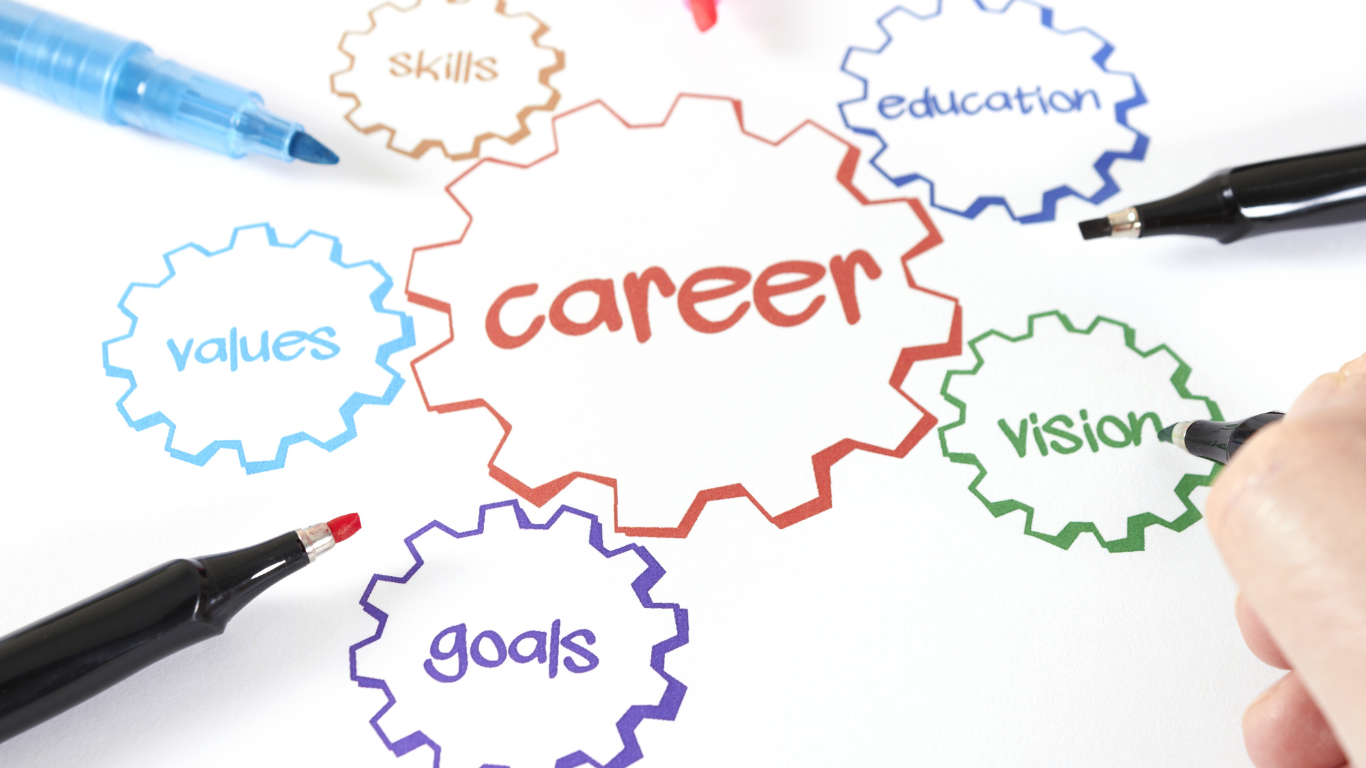
As the summer sun begins to fade, I find myself reflecting on a familiar scenario. Across the US and in many countries throughout the world, children are buzzing with a mix of excitement and uncertainty (given the events of the past several years) preparing for a new school year. They’re selecting new supplies, and organizing their backpacks, and some are eagerly anticipating the return to their academic routines while others may not. This annual ritual of preparation and renewal isn’t confined to our personal lives; it has profound parallels in the professional world, especially at the executive level.
In fact, I recently had lunch with marketing executive, Theresa Spinale of an animation studio in the entertainment industry who quickly confirmed that indeed, the fall is a form of going back to school in her industry as well. It’s a time for fresh starts and new beginnings, something Theresa is experiencing as a new job is about to begin for her.
For those of us in a corporate setting, “Back to School” signifies more than just the return of children, or ourselves, to educational pursuits. It’s a powerful metaphor for our own professional journeys as leaders in business and in education. Just as students gear up for new challenges and opportunities, we, too, must continuously prepare, adapt, and set new goals. This season of transition is a reminder that leadership, much like education, is an ongoing process of learning and growth. It’s a time to reassess our strategies, refocus our efforts, embrace the opportunities that lie ahead, and test our flexibility for the unknowns that will inevitably arise during this seasonal transition.
Learn how Fall is A Time for Business Renewal and Strategic Focus.








